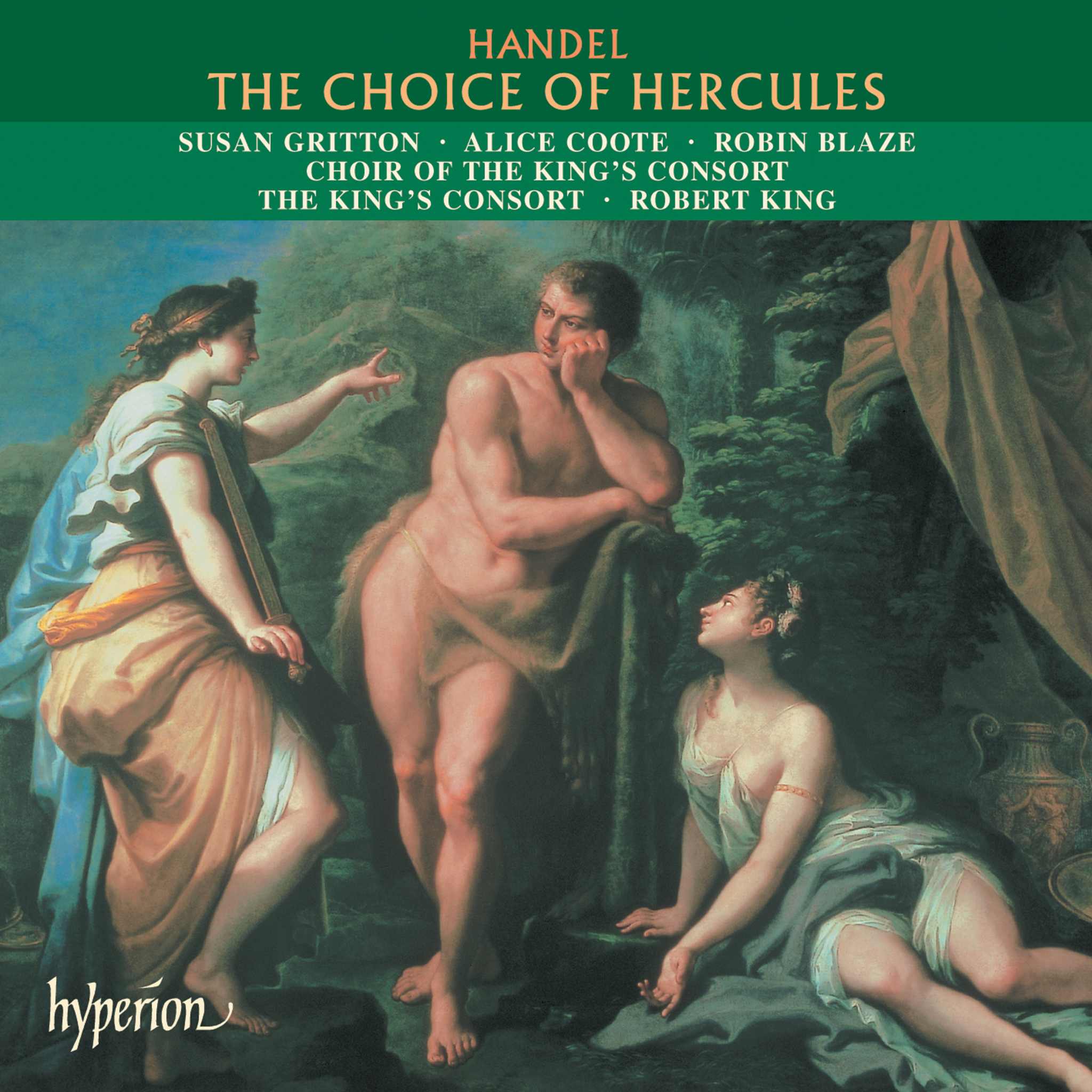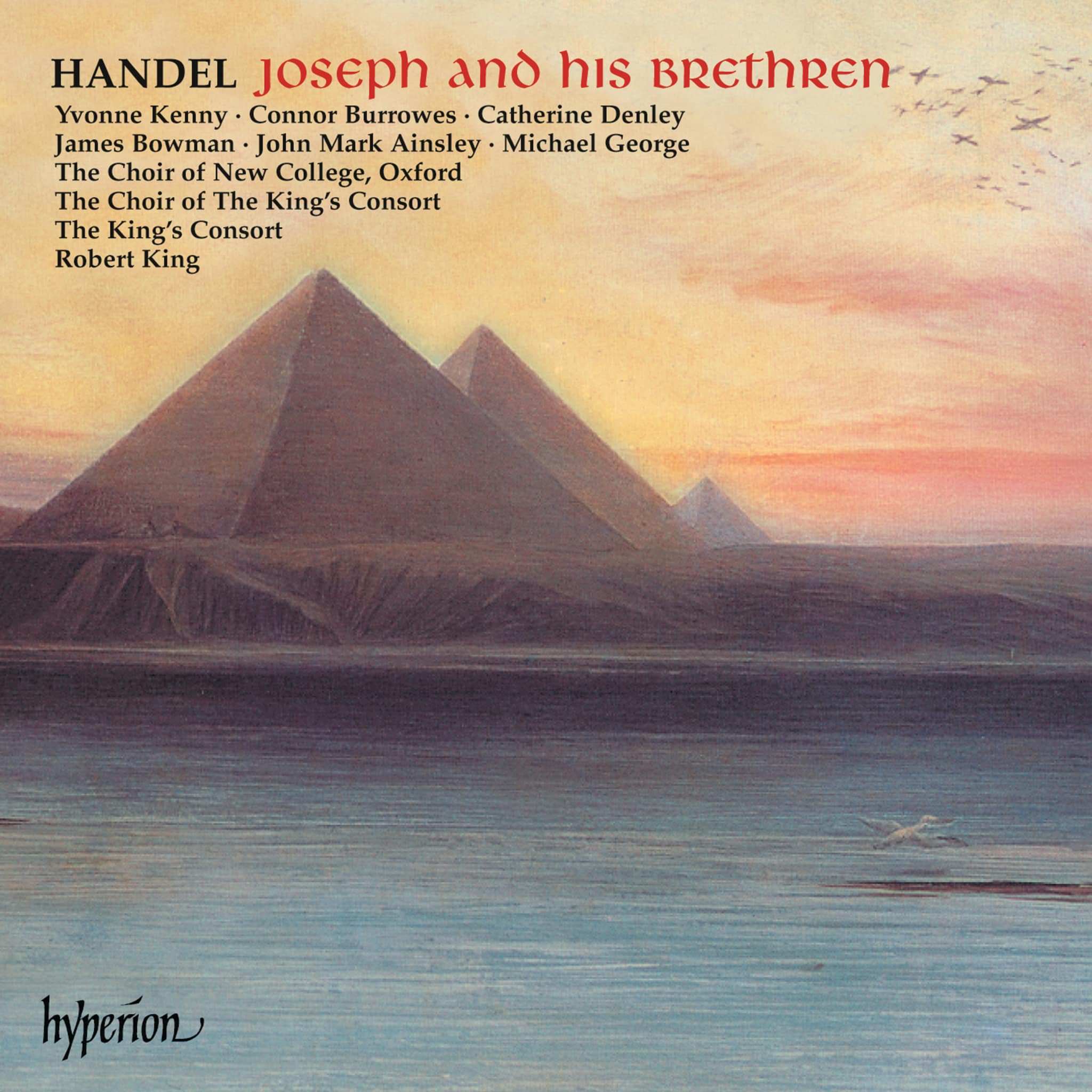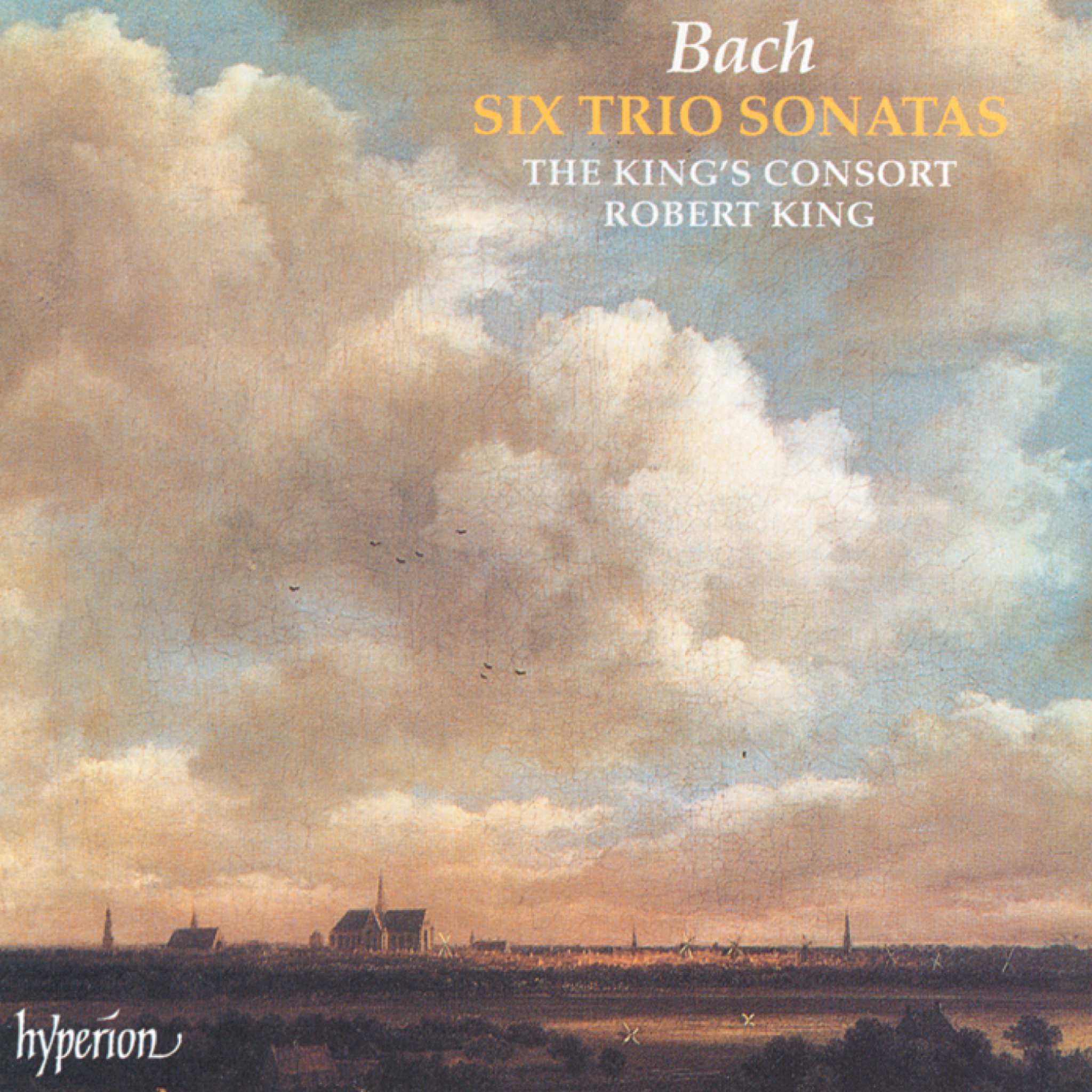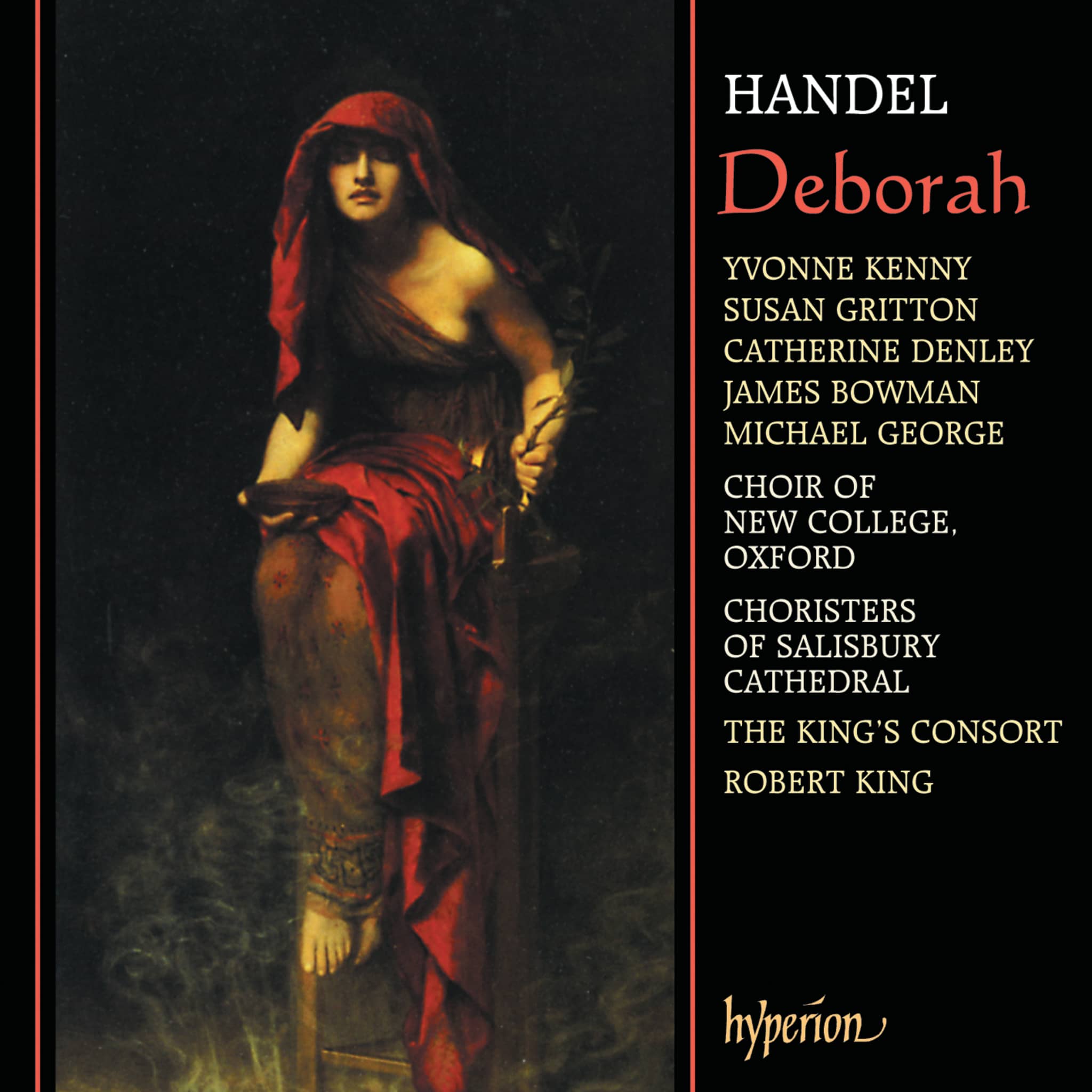Album insights
Jan Ladislav Dussek, born in Čáslav, moved away from his homeland at a young age and embarked on a successful musical journey throughout Europe. His piano concertos, representing his orchestral works as well, adhere to traditional three-movement structures. Dussek's concertos exhibit technical demands on the soloist that escalate over time, notably lacking the cadenza framework crucial to Mozart's compositions.
One standout piece is the E-flat major Concerto, op. 3, reflecting Mozart's influence in its classical structure. Unlike Mozart, Dussek deviates from the standard cadenza, a departure seen early on in his career and expressed in his op. 14 piece from 1791. Another notable work, the F major Concerto, op. 14, composed around 1791, showcases Dussek's progression as a composer through more complex themes and harmonies. Additionally, a remarkable concerto emerges in g minor, op. 49, penned in 1801, standing out for its romantic and somber undertones, diverging from the lighter atmosphere of his preceding works.
Dussek's g minor Concerto demonstrates a departure from his previous compositions, displaying a unique thematic treatment with intricate harmonic sequences. The combination of darkness in mood and innovative thematic developments sets this composition apart, paving the way for future Romantic-era concertos. The diverse arrangements and daring musical choices in each movement culminate in a compelling and impactful conclusion to this exceptional body of work.











